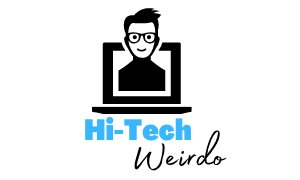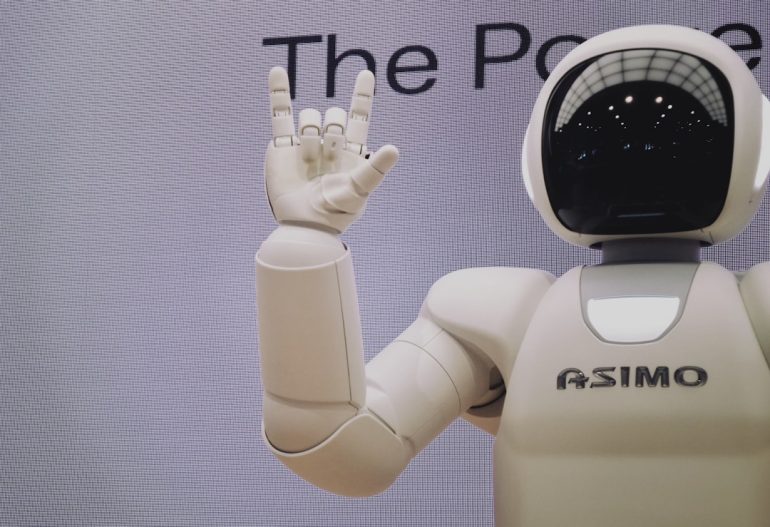6 Best AI Marketing Tools to Stay Productive in 2025
In the rapidly evolving landscape of digital marketing, staying ahead of the curve in 2025 demands more than traditional tools and tactics. Artificial Intelligence (AI) is no longer just a buzzword—it has become a strategic necessity. By automating routine tasks, enhancing customer personalization, and analyzing massive data sets, AI is empowering marketers more than ever. Below are the six best AI marketing tools that can help you stay productive and competitive in the coming year.
1. Jasper AI – Your AI Copywriting Assistant
Table of Contents
Jasper (formerly Jarvis) is among the most dependable AI-powered writing assistants available today. Designed to help marketers produce high-quality content, Jasper analyzes context and generates engaging blog posts, ad copy, emails, and even long-form articles. It supports over 25 languages and integrates smoothly with tools like Surfer SEO for enhanced content optimization.
- Key Features: Advanced tone adjustment, SEO integration, and team collaboration capabilities.
- Best For: Content writers, agencies, and social media marketers needing fast, scalable content creation.
2. Phrasee – Optimized Email & SMS Marketing
Phrasee uses natural language generation (NLG) to create subject lines, CTAs, and push notifications that are scientifically proven to perform better. It learns from your brand voice and testing data to ensure its output aligns with your campaigns.
- Key Features: Real-time language optimization, A/B testing automation, and multi-channel scalability.
- Best For: Email and mobile marketers looking to improve open and conversion rates.

3. SEMrush – AI-Powered SEO & Competitive Intelligence
While SEMrush has long been known for its robust SEO toolkit, its AI enhancements in 2025 have taken automation and insights to the next level. From content gap analysis to competitor tracking and rank prediction, SEMrush uses machine learning to help marketers stay ahead.
- Key Features: AI-driven keyword research, backlink quality evaluation, and predictive content trends.
- Best For: SEO strategists, digital marketing consultants, and competitive research analysts.
4. Canva – AI-Enhanced Design for Marketers
Design is integral to marketing success, and Canva‘s latest AI features have eliminated many barriers for non-designers. The platform now includes AI-generated templates, automatic background removal, and real-time brand consistency checks.
- Key Features: Text-to-image creation, AI-powered design suggestions, and automated resizing for social platforms.
- Best For: Marketing teams, freelancers, and SMBs needing high-quality visuals fast.

5. ChatGPT – Conversational AI for Engagement
OpenAI’s ChatGPT is being increasingly used in customer service, social media management, and user engagement applications. With enhanced plugins and fine-tuning options in 2025, businesses are deploying ChatGPT not just for chatbot functions but also for content brainstorming and campaign planning.
- Key Features: Natural conversational flow, third-party integration, and fine-tunable models.
- Best For: Customer engagement teams, content strategists, and digital campaign managers.
6. Persado – Emotion-Driven Marketing Language
Persado takes AI in marketing a step further by tapping into the psychology of messaging. It leverages a Motivation AI engine to generate language that resonates more effectively with audiences by analyzing emotional and cognitive signals.
- Key Features: Motivation-based language generation, sentiment analysis, and deep performance tracking.
- Best For: Digital advertisers, copywriters, and enterprise-level marketers.
Conclusion: Choosing the Right AI Tool is Crucial
As marketing becomes increasingly data-driven and complex, leveraging the right AI tools can be a game-changer. The six platforms mentioned above are not only leading the way with innovation but also proving essential in helping marketers save time, improve accuracy, and boost ROI.
Each tool has its unique strengths, so your choice should align with your specific marketing goals—whether it is content creation, audience engagement, SEO, or visual storytelling. Staying updated and integrating these platforms into your marketing stack will ensure that you remain productive and competitive in 2025 and beyond.






